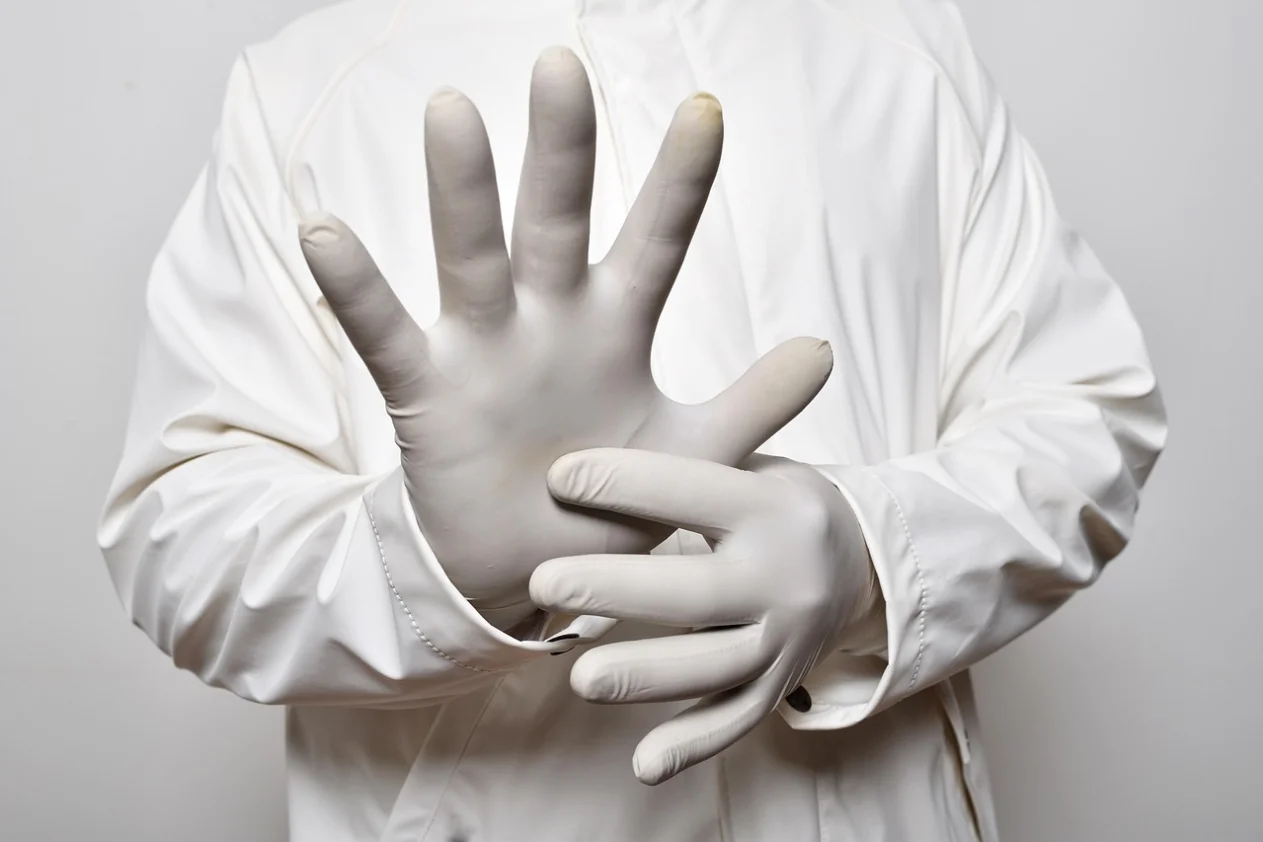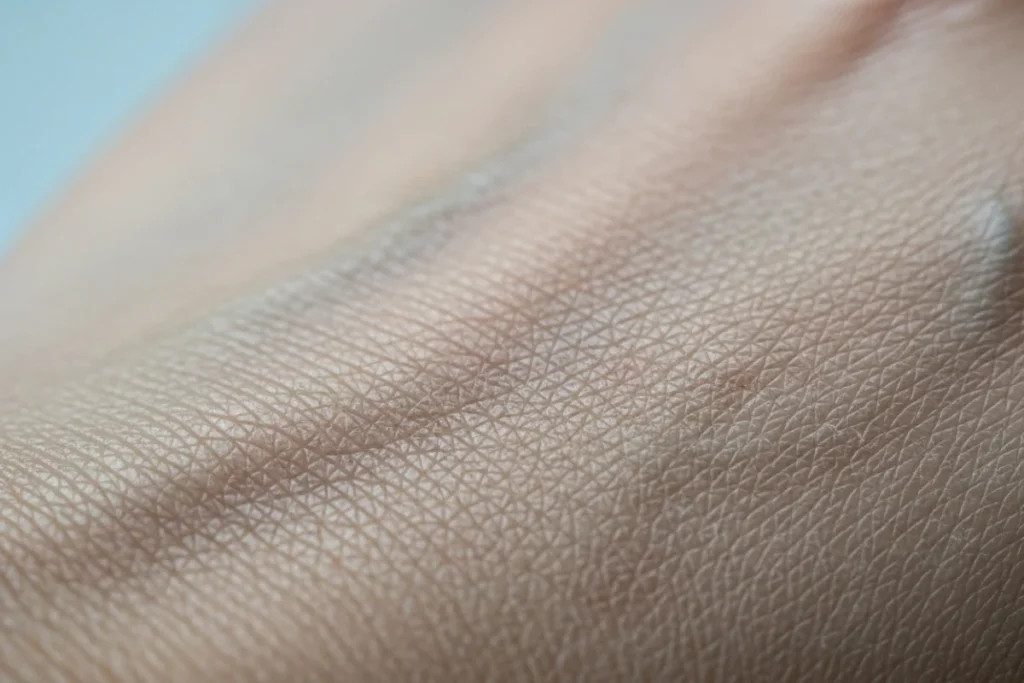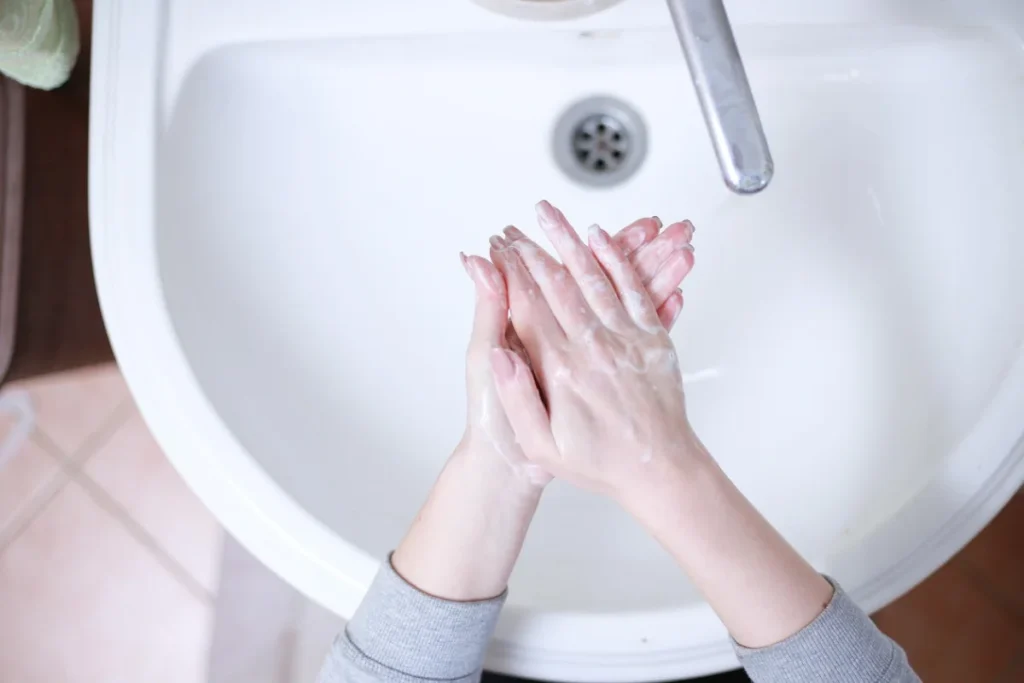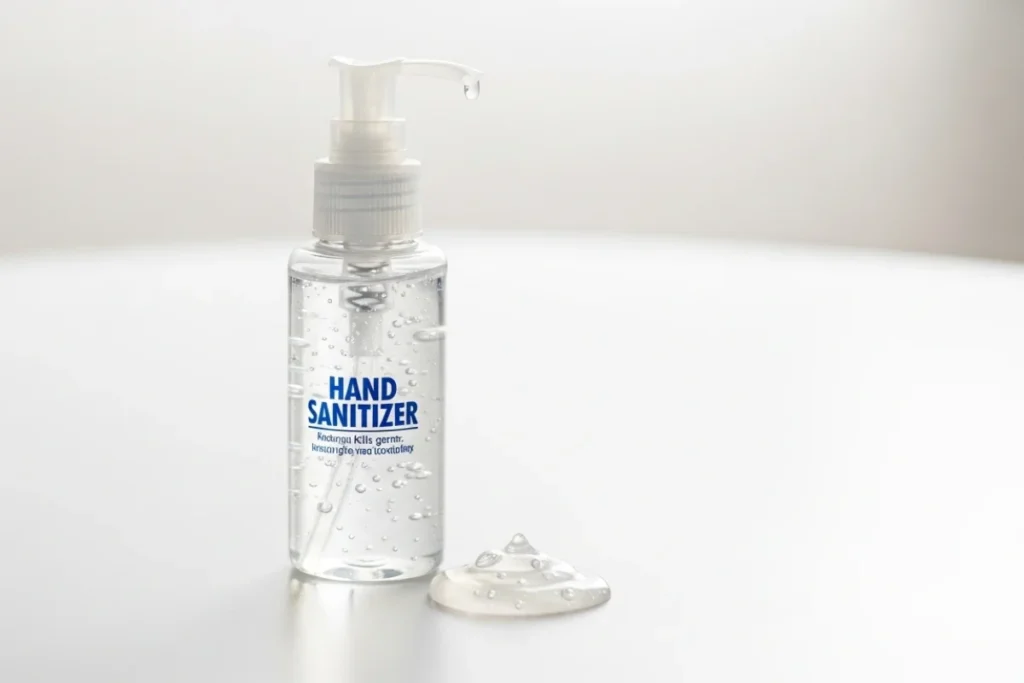

The CDC estimates that healthcare workers may wash their hands up to 100 times during a shift. It’s good for your skin to wash your hands often, use hand sanitizer, and wear gloves. A proper hand care routine for healthcare workers is essential for maintaining the skin barrier function that protects both you and your patients.
I propose that we investigate practical solutions that are compatible with your hectic schedule and that will facilitate the recovery of those diligent hands.
Healthcare professionals face hand care challenges that go way beyond what the average person deals with. The relentless combination of frequent washing, harsh sanitizers, and prolonged glove wear creates the perfect recipe for contact irritant dermatitis and other forms of skin damage.
According to the World Health Organization, appropriate hand hygiene protocols prevent up to 50% of avoidable infections acquired during healthcare delivery. This critical safety measure comes at a cost to your skin.
What’s happening to your hands:
No wonder so many healthcare workers suffer from chronic hand conditions like occupational hand eczema. You’re essentially asking your hands to survive in the harshest possible environment, shift after shift.
Hand dermatitis affects up to 30% of healthcare workers, making it one of the most common occupational skin disorders in medical settings. This isn’t just “dry hands”, it’s actual damage to your skin’s protective barrier.
Research shows that healthcare personnel may acquire pathogens on their hands in 28.3% of patient care encounters in wound care clinics, according to a PMC study. This highlights why hand hygiene cannot be compromised, even when skin irritation occurs.
Common Causes
Several factors contribute to hand dermatitis in healthcare settings:
The real problem? These factors create cumulative damage that builds up over time and becomes difficult to reverse without serious intervention.
Catching the early warning signs means you can address problems before they become severe and potentially sideline you from work.
Watch for these red flags:
If you notice these symptoms, it’s time to implement a more intensive hand care routine. Left untreated, these issues can progress to more severe dermatitis requiring medical intervention.

Good hand care balances hygiene with skin protection. Here are five strategies that keep your skin healthy while keeping patients safe.
Not all cleansers and sanitizers are created equal. The products you apply dozens of times a day either complement or aggravate your skin; hence, wise decisions here can greatly minimize damage.
The CDC recommends alcohol-based hand sanitizers as the preferred method in most clinical situations, noting that they’re less irritating than frequent handwashing with soap and water.
What to look for in your products:
Research shows that 79% of healthcare workers regularly use hand sanitizer, according to Frontiers in Public Health. Making sure yours contains skin-friendly ingredients can make a significant difference.
Smart washing techniques that protect your skin:
Although gloves are necessary protection, here’s the irony: when used incorrectly, they may aggravate hand problems. The World Health Organization made this crystal clear during World Hand Hygiene Day: Gloves do not replace hand hygiene. They’re an addition, not a substitution.
Smart glove practices that protect your skin:
When it comes to moisturizing in healthcare settings, timing is absolutely everything. You can’t just slather on cream whenever—strategic application maximizes benefits without interfering with your work or patient safety.
When and how to moisturize effectively:
The hours you spend sleeping provide a perfect opportunity for intensive skin repair. Implementing an overnight hand treatment can dramatically improve skin condition.

Seek help if you experience:
Early intervention prevents progression to more serious conditions like chronic dermatitis or secondary infections. Many healthcare facilities have protocols for staff with hand dermatitis; don’t hesitate to utilize these resources.
Natural ingredients offer powerful healing properties without harsh chemicals that can further irritate compromised skin. Bee-derived products, in particular, provide some truly unique benefits for damaged hands that you won’t find in conventional lotions.
Royal jelly is a substance produced by worker bees specifically to feed queen bees and larvae, and it contains some remarkable healing compounds. Rich in B-vitamins, amino acids, and fatty acids, it supports skin regeneration and has natural antimicrobial properties.
Sweet Comb Chicago’s Royal Jelly Hand & Body Balm harnesses these benefits in a formula specifically designed for intensive repair. The combination of royal jelly, beeswax, and plant oils creates a protective barrier while delivering nutrients deep into damaged skin.
Beyond bee products, look for natural body care products containing:
Understanding why natural soap is better for your hands can also help you make informed choices about the products you use at home, giving your skin a break from harsh institutional soaps.

Healthcare workers perform essential services that require frequent hand hygiene—it’s non-negotiable. But this necessity often comes at a brutal cost to your skin health. By implementing a strategic hand care routine, you can actually maintain both proper hygiene and skin integrity. You don’t have to sacrifice one for the other.
Remember that healthy hands aren’t just about comfort, they’re about safety. Intact skin forms a crucial barrier against pathogens, protecting both you and your patients.
Sweet Comb Chicago’s bee-derived products offer natural solutions for healthcare workers’ hands, with formulations specifically designed to repair and protect. Each purchase also supports urban beekeeping initiatives, creating a positive environmental impact.
By understanding why switch to natural hand soap and implementing the five essential hand care tips outlined above, you can heal existing damage and prevent future problems—allowing you to focus on what matters most: providing excellent care to your patients.

Founder of Sweet Comb Chicago
